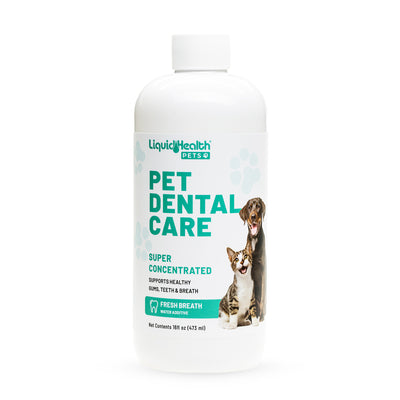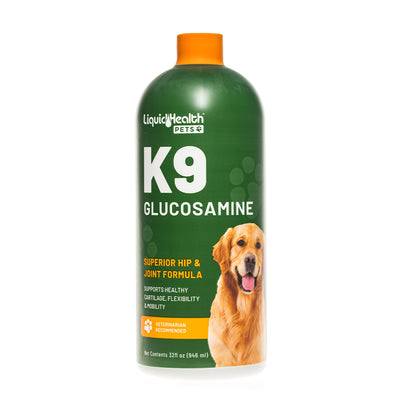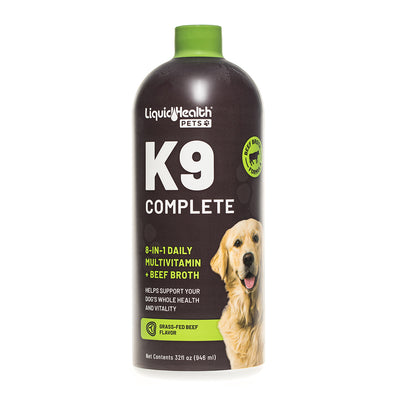Have you noticed a change of behavior in your dog? Maybe they've become more irritable or aggressive. As you approach your dog to comfort them they might react differently than you're used to. Why does this happen and how do you help your dog? Continue reading to learn more about aggressive behavior in dogs.
What Is Aggressive Behavior In Dogs?
Aggressive behavior also called aggression is hostile actions that a dog is taking to protect itself or something else from anything that the dog deems a threat. Some common signs of aggression are growling, snapping, and biting in severe cases.
What Can Cause It?
There are a plethora of different things that can cause aggression in dogs. In fact, almost anything could cause some form of aggression in a dog. However, there are certain types or categories that each aggression trigger can fall into.
Some signs of general aggression are growling, showing teeth, snapping at people or other pets, lunging, and in severe cases, a dog might bite. The impact of the bite could be a nip that leaves no mark, all the way to a bite that causes puncture wounds.
Territorial Aggression
This kind of aggression is when a dog will attempt to attack and bite an intruder. At first, this might seem like a good kind of aggression because your dog will protect your home from intruders, however, they could also be aggressive towards friends they have not met.
Possessive Aggression
The American Kennel Club states that " Dogs tend to guard things that they believe to hold great worth." They show signs of aggression when they think that someone is trying to take that item from them. Some dogs only care about their food such as growling when a person or another dog approaches their food. Another thing that a dog might be possessive over is their favorite chew toy or anything that they have stolen.
Protective Aggression
This kind of aggression is shown when a dog thinks that one of their family members or close friends is in danger. The American Society for the Prevention of Cruelty to Animals (ASPCA) states that "Sometimes dogs reserve protective aggression for individuals they consider particularly vulnerable." At first, this sounds good just like territorial aggression, but if left unchecked, your dog could treat everyone outside the family as a threat.
Fearful Aggression
A dog that feels like they are corned or trapped could also show signs of aggression. It is important to back off in these circumstances as even though you are trying to help, your dog will still be frightened. This is especially true if the dog was abused or beaten in the past. They may show aggression from happening it again. A dog could also be more aggressive if the person who did hit them or abuse them is present too.
Redirected Aggression
This is when a dog is aggressive to someone or another dog due to any of the previous reasons and someone intervenes. The aggression is then redirected to that person or animal that intervened. This is why many dog owners are bitten when they try to break up a dog fight. Another way that this happens is when two dogs are barking at each other from across a fence and someone attempts to stop it.
To safely break up a dog fight, there are some things to do and some things that you should never do. The American Kennel Club says to never reach your hands in to break up a fight and to never grab one of the dog's tails as they could "wheel around and bite your hand."
When it comes to safely break up a fight between two aggressive dogs there are a few things that you can do to ensure your safety. These are:
- Step on their feet
- Use a broom to break them up
- Blow into a loud whistle
- Throw water on them or spray them with a hose
Play Aggression Vs Real Aggression
A lot of times dogs will be playing and show signs of play aggression. This is okay as long as the dogs are being supervised. If unsupervised, one of the dogs could grow tired of it and want to stop. If the other dog fails to recognize that they want to stop, (this happens quite frequently) than the dog who wants to stop may become actually aggressive and it could erupt into a dog fight.
To tell the difference, watch closely and look for some of the signs that were mentioned earlier. If one of the dogs starts to tense-up, growl and even snap at the other one, it might be time to take a break and play something else with them. You want to intervene immediately by using the steps above, if you see one of the dogs bite and injure the other.
How To Help Your Dog
When it comes to helping out when you see signs of aggressive behavior in dogs, you should always be cautious as if you are not careful and not paying attention, you could get bitten. One way to avoid any aggressive behavior at all is to positively reinforce calm behavior. The Animal Humane Society gives an example by saying, " If you and your dog are approaching a dog park or playgroup and your dog begins barking excitedly, turn around and walk him away." You should remove your dog from the situation until they are calm enough to be there. Properly training your dog is a great way to avoid aggression.
What To Do If You Come Across An Aggressive Dog
If you are out and about with your dog, or just by yourself and come across an aggressive dog, the best thing that you can do is remove yourself from the situation and contact animal control. It is even more crucial to remove yourself and your dog if your pup is showing signs of protective aggression.
Conclusion
There are many different causes of aggressive behavior in dogs. It is important to recognize when your dog is showing these signs and to defuse the situation to keep everyone safe. Check out this article to learn about Keeping Kids Safe Around Pets.
Sources:
https://www.aspca.org/pet-care/dog-care/common-dog-behavior-issues/aggression
https://www.akc.org/expert-advice/training/reactivity-vs-aggression/
https://www.akc.org/expert-advice/training/stopping-dog-fight-confrontation-fighting-dogs/ https://www.animalhumanesociety.org/behavior/aggression-dogs





